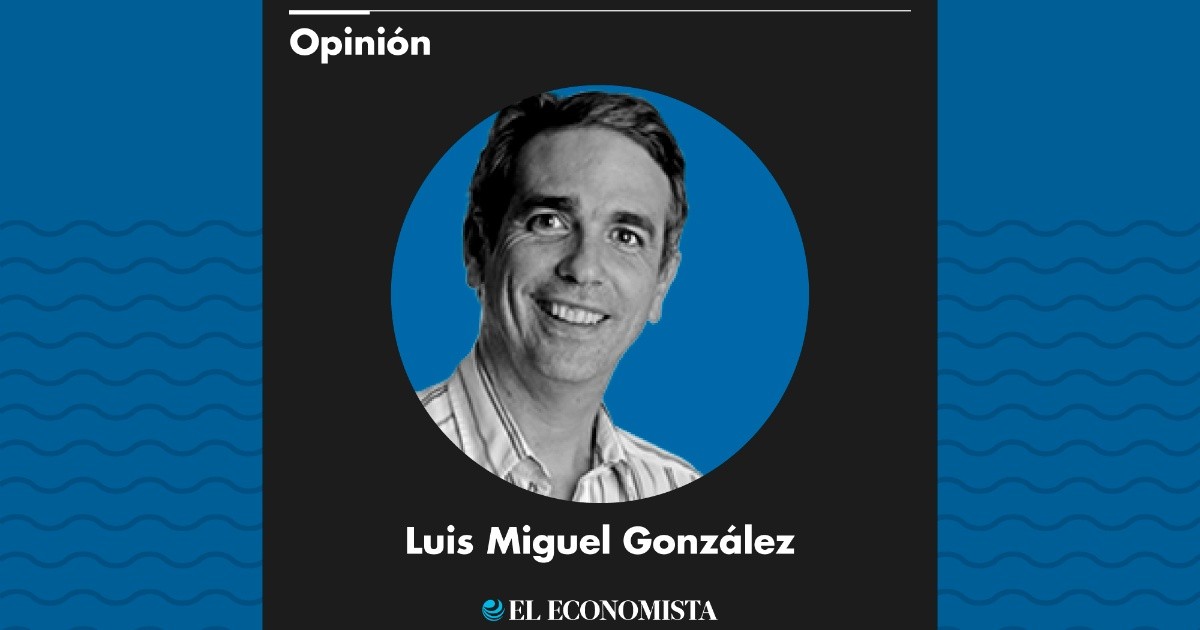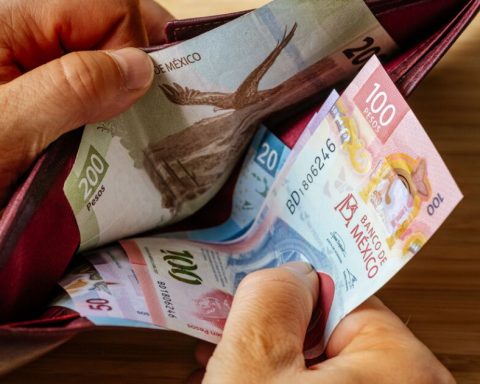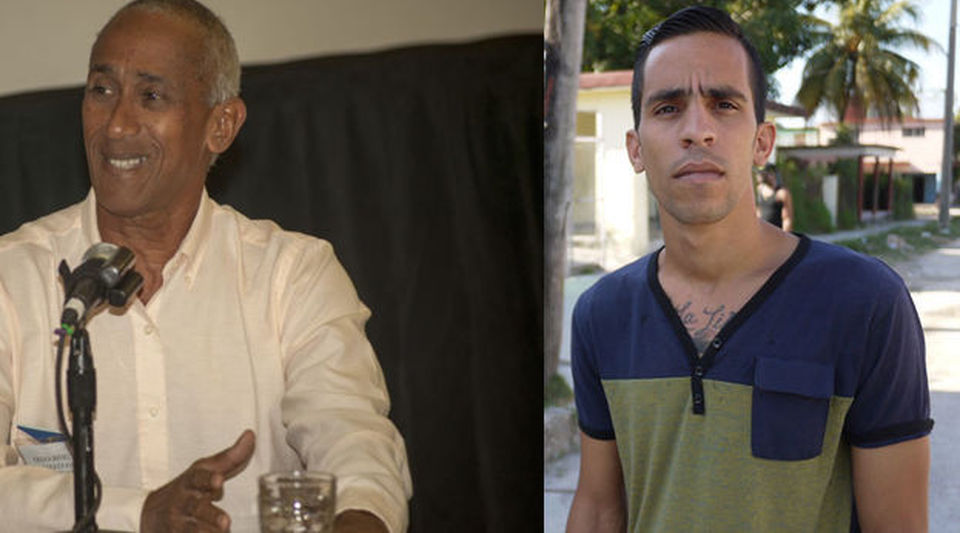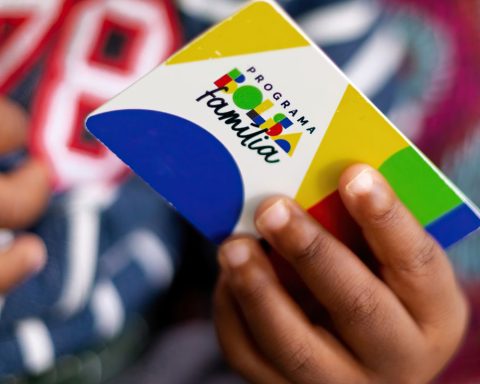Is the fear of hunger a concern that we are not registering well in Mexico? “I often worry that my family is going to go hungry.” Eight out of ten Mexicans agree with the previous sentence, according to a survey conducted by Data Praxis and You Gov and sponsored by George Soros’ Open Society. The exact percentage of Mexicans afraid of hunger is 83% and is the highest among the 22 countries where the survey was conducted, between the end of July and the beginning of August 2022.
From the survey, it is striking that this fear is more acute in Mexico than in some less developed African countries, for example Kenya, Nigeria, Senegal or South Africa. The sentiment is similar, but higher than in Brazil or Colombia and clearly more intense than in Eastern European countries. They are now suffering the effects of Russia’s invasion of Ukraine. In that region, the fear of hunger is around 58 percent.
Are we back in the Middle Ages? In the Middle Ages, the fear of disease and hunger terrified the majority of the population, the great historian Georges Duby tells us in The Year One Thousand. These fears were part of a catalog of sufferings of a society that saw the end of the world near. In 2022, the fear of hunger is back. It is not just a feeling that occurs in poor or developing countries. In the United States, 9% of the population has a strong feeling of fear of going hungry, say Data Praxis and You Gov. In Western Europe, 6 percent. If we include those who have a moderate fear of hunger, the percentage in the United States rises to 39% and in Western Europe it reaches 32%.
The survey is part of a work called Fault Lines, global perspectives on a world in crisis. It was applied to 21,413 people and was designed as a way to take the pulse of the world, just before the 77th Assembly of the United Nations to be held in New York in mid-September.
It is a bit shocking that Mexico heads the list of 22 countries where there is more fear that one’s family will suffer from hunger. Faced with the data, we can exercise our right to doubt demographic research and remember all the terrible things that are said about George Soros, that billionaire financial speculator who wants to destabilize authoritarian regimes. We can also take the opportunity to look in the mirror and review the Mexican statistics. Perhaps we need to connect the dots to understand that feeling that is very rational. In Mexico, 4.8 million people cannot eat every day, according to Coneval. The number grows significantly when we include those who live with uncertainty about their ability to feed themselves. They are 26.1% of the population, about 33.5 million people.
Uncertainty has to do with the feeling that the quantity or quality of food that a person and their family will be able to access is at risk. These numbers should not surprise us. We are a country where 38% of the working population suffers from a social disease called working poverty: it is a situation where the income from work is not enough to feed all the members of a household. The solution to this deficit comes for many from remittances or social programs.
The line that marks the border of working poverty is around 1,600 pesos per month per person. This border has a gender component, because in the case of women it is around 45%, while for men it is “only” 30 percent. We have, of course, a geographical component. In three states, more than 60% of the employed population does not earn enough to buy a food basket. In Chiapas (65.3%); Guerrero (61%) and Oaxaca (60.4%). Only in the peninsula of Baja California this percentage is less than 20%, in BC it is 17.8% and in BC Sur, 17.2 percent.
How do rising food prices affect hunger and the fear of hunger? This question deserves a survey and much more. We are talking about reality, but also about perception. The food basket has risen almost twice as fast as inflation and has not peaked. It is said, almost automatically, that low-income families are the ones that suffer the most from these increases, but the rescue role of remittances and social programs is left aside. Remittances reach 11.7 million households and social programs reach more than 10 million people. We take little care of the middle classes, how are they experiencing the pandemic and food inflation? How many of them suffer from hunger or are they reflected in this statistic of the fear of suffering from hunger and are they ashamed to admit it?















